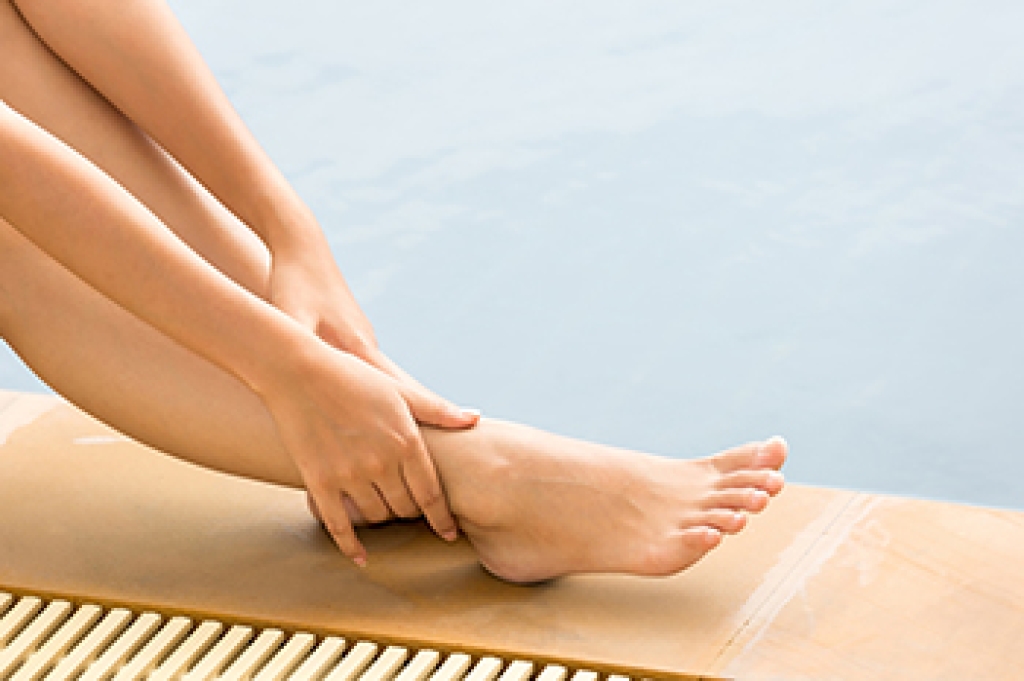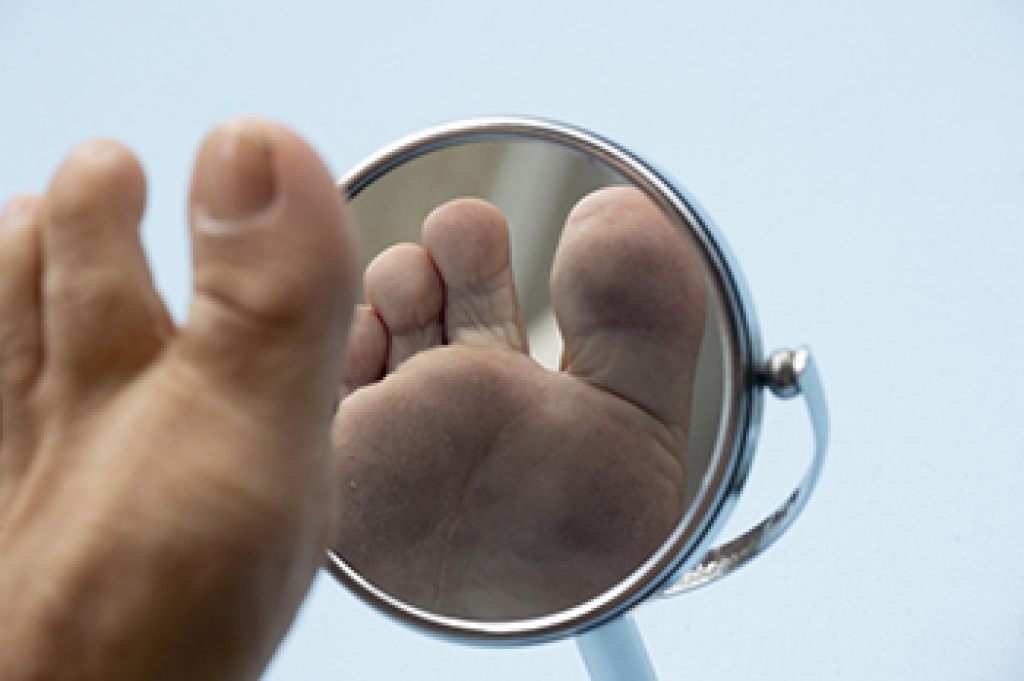 There are multiple varieties of arthritis, and a challenge many of them share in common is foot pain. Arthritic foot care is important to finding relief from arthritis, a condition that has no cure. Luckily, help from a podiatrist, lifestyle modifications, and physical therapy can all contribute to happier feet. If you have foot pain, it is suggested you consult a podiatrist who can provide personalized guidance based on your condition. They may recommend suitable footwear with good arch support and cushioning to reduce pressure on the affected joints. Podiatrists may also recommend regular stretching exercises, such as gentle calf stretches and toe exercises, which can help maintain flexibility and alleviate stiffness in the feet. Lifestyle modifications, such as losing weight and switching to lower-impact exercise, can also be important to arthritic foot care. Over-the-counter or prescribed medications can be part of the treatment plan, and in some cases, your podiatrist may suggest custom orthotic inserts to provide additional support to your feet. If you are experiencing foot pain from arthritis, it is suggested that you make regular appointments with a podiatrist for ongoing care.
There are multiple varieties of arthritis, and a challenge many of them share in common is foot pain. Arthritic foot care is important to finding relief from arthritis, a condition that has no cure. Luckily, help from a podiatrist, lifestyle modifications, and physical therapy can all contribute to happier feet. If you have foot pain, it is suggested you consult a podiatrist who can provide personalized guidance based on your condition. They may recommend suitable footwear with good arch support and cushioning to reduce pressure on the affected joints. Podiatrists may also recommend regular stretching exercises, such as gentle calf stretches and toe exercises, which can help maintain flexibility and alleviate stiffness in the feet. Lifestyle modifications, such as losing weight and switching to lower-impact exercise, can also be important to arthritic foot care. Over-the-counter or prescribed medications can be part of the treatment plan, and in some cases, your podiatrist may suggest custom orthotic inserts to provide additional support to your feet. If you are experiencing foot pain from arthritis, it is suggested that you make regular appointments with a podiatrist for ongoing care.
Arthritis can be a difficult condition to live with. If you are seeking treatment, contact Scott Samera, DPM from Samera / Foot + Ankle. Our doctor can provide the care you need to keep you pain-free and on your feet.
Arthritic Foot Care
Arthritis is a term that is commonly used to describe joint pain. The condition itself can occur to anyone of any age, race, or gender, and there are over 100 types of it. Nevertheless, arthritis is more commonly found in women compared to men, and it is also more prevalent in those who are overweight. The causes of arthritis vary depending on which type of arthritis you have. Osteoarthritis for example, is often caused by injury, while rheumatoid arthritis is caused by a misdirected immune system.
Symptoms
- Swelling
- Pain
- Stiffness
- Decreased Range of Motion
Arthritic symptoms range in severity, and they may come and go. Some symptoms stay the same for several years but could potentially get worse with time. Severe cases of arthritis can prevent its sufferers from performing daily activities and make walking difficult.
Risk Factors
- Occupation – Occupations requiring repetitive knee movements have been linked to osteoarthritis
- Obesity – Excess weight can contribute to osteoarthritis development
- Infection – Microbial agents can infect the joints and trigger arthritis
- Joint Injuries – Damage to joints may lead to osteoarthritis
- Age – Risk increases with age
- Gender –Most types are more common in women
- Genetics – Arthritis can be hereditary
If you suspect your arthritis is affecting your feet, it is crucial that you see a podiatrist immediately. Your doctor will be able to address your specific case and help you decide which treatment method is best for you.
If you have any questions please feel free to contact our office located in Lake City and Branford, FL . We offer the newest diagnostic tools and technology to treat your foot and ankle needs.








